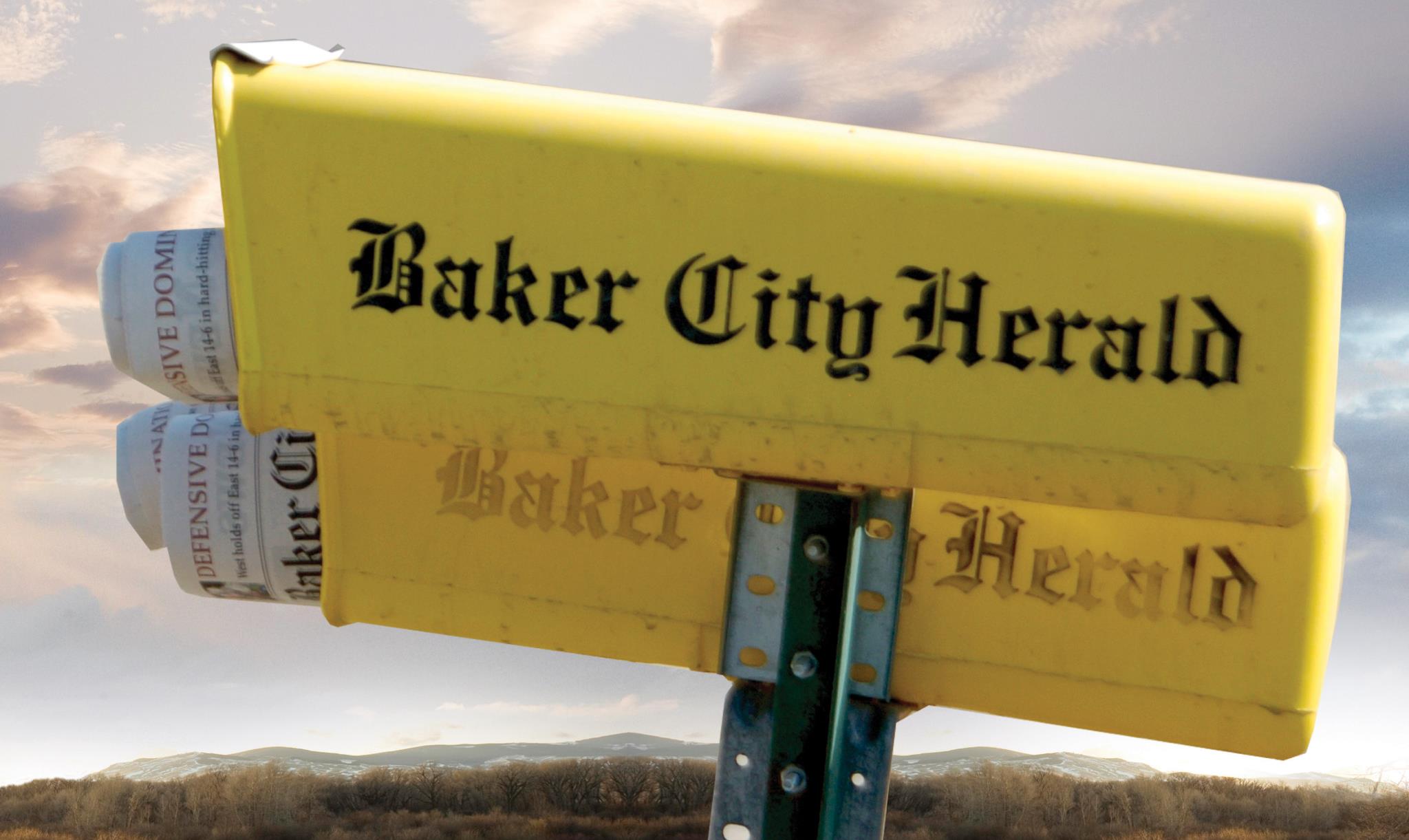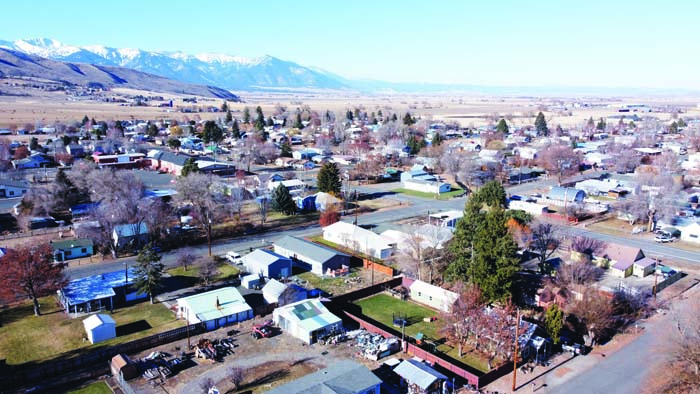COLUMN: Trump & Coolidge: So similar yet so different
Published 9:52 am Friday, January 31, 2020
I was watching TV coverage of President Trump’s impeachment trial the other evening and I couldn’t help but wonder how different things might be if Trump were more like Calvin Coolidge.
Or even a little bit like him.
The comparison, I’ll concede, is farfetched in the extreme.
Indeed there might be no pair of presidents, at least among Republicans, who are less alike, temperamentally, than Trump and Coolidge.
Coolidge, who was the 30th president and served from 1923-29, was known as “Silent Cal.”
Not even Trump’s most simpering acolyte would dare to describe him as silent.
I wouldn’t even have thought of Coolidge — who among us except presidential historians often does? and probably not many of them — except I happened to be reading “Only Yesterday — An Informal History of the 1920s” by Frederick Lewis Allen.
I plucked it from the shelves of newly arrived nonfiction at the library under the mistaken assumption that it was a new book, one published, perhaps, to coincide with the 100th anniversary of the start of the 1920s.
In fact the book came out in 1931.
(Possibly I ought to have discerned this from the “Only Yesterday” title, but there you go.)
Given that Coolidge was president for the better part of the titular decade, he is a prominent character in Allen’s book.
As prominent as Coolidge can be, anyway, which is not especially prominent at all.
Surely no president has been more retiring, more seemingly uninterested in the trappings of the august office, than Coolidge.
He did not, of course, have Twitter.
But nothing I have read about Coolidge suggests he would have bothered to share his deepest thoughts with the wider world had the means to do so been available.
Or his shallowest thoughts, which seems to me the more apt adjective when it comes to Twitter.
Yet for all the blatant differences between the two men — Coolidge placid and distant, Trump volatile and confrontational — I was struck by the commonalities of their presidencies as I read Allen’s book and, my curiosity piqued, subsequently a few others.
Coolidge, despite his reputation for not speaking unless he absolutely had to, wasn’t averse, as Trump is not, to employing the latest communication technology to address his constituents.
Coolidge’s speech to Congress on Dec. 6, 1923, was broadcast on radio, a first for a presidential address.
Coolidge, like Trump, also devoted more time than most presidents to talking with reporters. This strikes me as an especially strange thing to have in common since both presidents would seem to have ample reason to avoid journalists, albeit for quite different reasons — Coolidge’s general reticence as compared with Trump’s visceral antipathy for mainstream media.
But to me the most intriguing comparison between Trump and Coolidge — and the one that occurred to me as I watched the impeachment trial — involves the trajectories of their presidencies.
The similarities between their policies, and of the situation in America during their tenures, seem to me striking.
Both Coolidge and Trump signed bills cutting income taxes — Coolidge did so three times, and by 1927 only the wealthiest 2% of Americans paid federal income taxes.
However, Coolidge, unlike Trump and indeed most presidents, was also able to control federal spending and actually reduce the federal debt (a quaintly tiny figure in those distant days, when “trillion” was superfluous in such matters).
Both presidents opposed what they considered excessive government regulation. One of Coolidge’s biographers described federal oversight of industry during his presidency as “thin to the point of invisibility,” a phrase which certain of Trump’s critics might wish to borrow.
But of course the most obvious comparison between the Trump and Coolidge administrations is the booming economy that each presided over.
The 1920s were renowned as the “Roaring ’20s” — the era of bull markets and bathtub gin and Flappers doing the Charleston.
These days we can buy our gin out in the open. But stock market gains, of which there have been many the past three years, still make headlines.
Indeed, the economy during Trump’s presidency, with record high Dow Jones averages and record low unemployment rates, is the stuff that many of his predecessors, from both parties, could scarcely dream of.
But rather than keep the low profile that was Coolidge’s hallmark, sliding silently below the roiling waves of Washington, D.C., and only occasionally lifting his periscope to have a look around, Trump is the political equivalent of an aircraft carrier, brash and defiant and liable at any moment to light off the afterburners.
Trump’s bravado endears him to his vehement supporters, of course.
And I’m not nearly naíve enough to believe that had Trump only displayed a bit more modesty, then his critics in the Democratic Party and the media would have lavished praise on his deft handling of the economy.
Still and all, the impeachment prompts the question of whether the taciturn Coolidge approach might have served Trump better during his infamous phone call July 25, 2019, with Ukrainian President Volodymr Zelensky.
I’ve read a transcript of the call multiple times.
It doesn’t seem to me as nefarious as Trump’s foes imply.
Yet it’s no minor matter that one of the people Trump wants Zelensky to investigate is Joe Biden, someone Trump obviously knew could well be his rival in the 2020 election.
Trump is guilty of poor judgment, certainly, but that’s not necessarily an impeachable offense.
In any case, Trump certainly might have saved himself a considerable amount of trouble had he decided not to broach that topic during the phone call.
One quote in particular from Coolidge — and there aren’t a great many to choose from given his proclivity for muteness — seems to me applicable.
“The words of a president have an enormous weight,” Coolidge wrote after he retired, “and ought not to be used indiscriminately.”
Jayson Jacoby is editor of the Baker City Herald.





